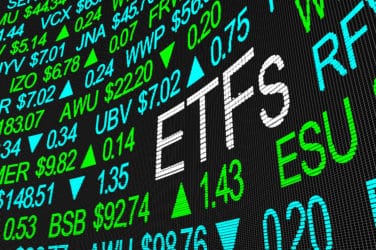
Fixed income remains an attractive asset class despite signals that the U.S. Federal Reserve is looking to exit from its longstanding policy of quantitative easing, which it has embraced unwaveringly since the onset of the financial crisis.
“An early end to QE due to strong economic conditions and a substantial improvement in the labor market would be an encouraging sign for equity markets,” said Virginie Maisonneuve, head of global and international equities at Schroders plc, at a recent press briefing. “This would suggest that the Fed believes the U.S. recovery has enough momentum to sustain itself. Europe is still a source of volatility, and Asia also may be.”
Schroders is upgrading its portfolios by switching money from CCC bonds into higher-rated investments in U.S. fixed income or alternative debt in emerging markets.
“Low default rates and an improving U.S. economy supported the junk bond market as a whole, but we are not wholeheartedly embracing CCCs,” said Wes Sparks, head of U.S. fixed income at Schroders. “We are reaching territory where valuations are looking stretched and being driven by technical factors, namely that demand is outpacing net supply.”
The public could have a crisis of confidence in the Federal Reserve. “That would cause both a rise in treasury yields as bond market vigilantes think that the Fed is behind the curve, that there’s concerns about inflation further down the road and you would also have credit spreads widening,” Sparks said.
Investors globally continue to fear cyclical stocks, so they’re still in defensive stocks such as utilities, which have a lot of the characteristics of bonds.
“We’re going to have unanticipated bubbles from the monetary policy,” said Maisonneuve.
Looming over the markets is the threat of overregulation. ““What’s happening now is a set of regulations that really could put us in a difficult position,” Maisonneuve said. “Communication between the financial industry and lawmakers needs to improve.”
This problem is much worse in Europe than in the U.S. “There’s a disconnect between the understanding of the market and regulation,” said Maisonneuve. “We have a risk of inappropriate regulation or disjointed regulation.”
There has been a secular trend to unconstrained mandates. “Even for benchmark-aware or orientated strategies, clients are encouraging us to generate alpha by deviating from index weightings,” Sparks said.
Institutional investors are increasing their use of ETFs for fixed income in order to gain exposure to the asset class.
Some 55% of institutions invest in domestic fixed income ETFs, according to a survey by Greenwich Associates. Usage of domestic fixed income is most common among insurance companies at 78%, although 74% of registered investment advisors also employ ETFs in domestic fixed income.
BlackRock iSharesBonds Corporate ex-Financials Term ETFs, for example, provide bond-like features in addition to the benefits of an ETF, including exchange-traded liquidity, transparency and diversification. While relevant to all investors the products are expected to appeal to institutional clients such as bank treasurers.






